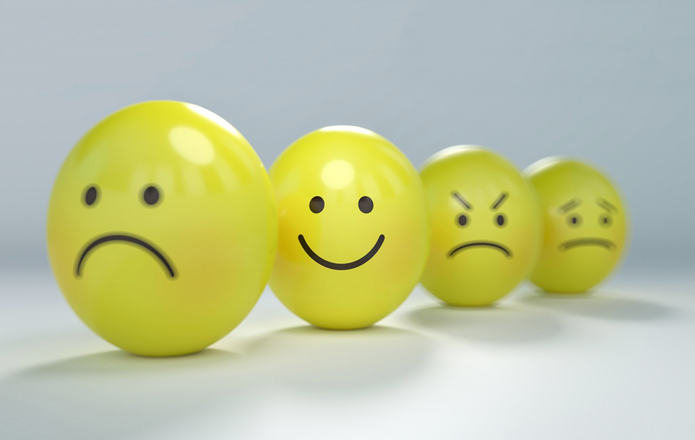Often we feel a bit down from time to time, but sometimes sadness can become all-consuming. If you’re concerned about how you’re feeling, you might be suffering from a mood disorder.
The word ‘disorder’ is a keyword to take note of, as many disorders have medical, financial, and social implications. The good news is that most mood disorders are treatable and manageable.
Here are the most common types of mood disorders, what they look like, and the best advice on getting the right treatment.
Major Depression
There are different mood disorders, but major depression is the most common. Major depression is characterized by the following:
- persistent feeling of sadness or emptiness
- loss of interest in activities that were once enjoyable
- insomnia or sleeping too much
- fatigue
- feelings of worthlessness or guilt
- thoughts of death or suicide
While there is no one cause of major depression, it is thought to be caused by a combination of genetic, psychological, and environmental factors. Treatment for major depression typically includes medication and/or individual or group therapy.
Bipolar Disorder
Bipolar disorder is a mental illness that causes drastic mood swings. These mood swings can be very intense and can last for long periods of time. People with bipolar disorder may experience periods of manic behavior followed by periods of deep depression.
Bipolar disorder can be very disabling and can make it difficult for people to function in their daily lives. There are two types of bipolar disorder, type I and type II.
Type I bipolar disorder is the more severe form of the illness and is characterized by periods of mania and depression that are separated by periods of normal mood. Type II bipolar disorder is characterized by periods of mania and depression that are separated by periods of hypomania, which is a less intense form of mania.
Persistent Depressive Disorder
PDD is a form of depression that lasts for two years or longer. It can cause a person to feel sad, empty, or hopeless most of the time. They may lose interest in activities they once enjoyed and have trouble sleeping, eating, or concentrating.
PDD can make it hard to work, study, or take care of personal relationships. People with PDD may also have thoughts of suicide. Treatment for PDD often includes medication and talk therapy.
Cyclothymic Disorder
A cyclothymic disorder is a type of mood disorder where a person experiences mood swings. These mood swings can be either up or down, but they are usually not as severe as those seen in bipolar disorder.
People with cyclothymic disorder often have trouble functioning in their everyday lives. They may have trouble keeping a job or maintaining friendships. Treatment for cyclothymic disorder typically includes medication and therapy.
Seasonal Affective Disorder
Seasonal Affective Disorder (SAD) is typically characterized by depressive episodes that occur during the fall and winter months. While the exact causes of SAD are unknown, it is believed to be related to the reduced amount of sunlight exposure during these months.
Symptoms of SAD can include fatigue, hopelessness, social withdrawal, and difficulty concentrating. Treatment for SAD involves light therapy. This involves exposure to artificial light sources that simulate sunlight.
Types of Mood Disorders
There are many different types of mood disorders, each with its own unique set of symptoms. If you think you may be suffering from a mood disorder, it is essential to seek professional help. A qualified mental health professional can make a diagnosis and develop a treatment plan that is tailored to your specific needs.
Check out some of our other content related to health, wellness, and more.










